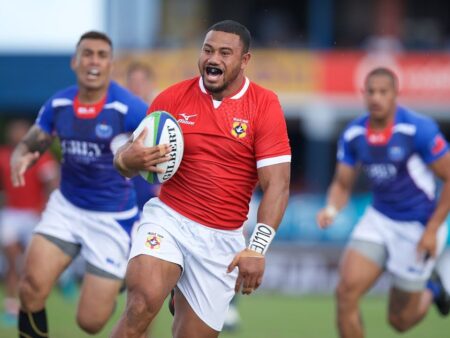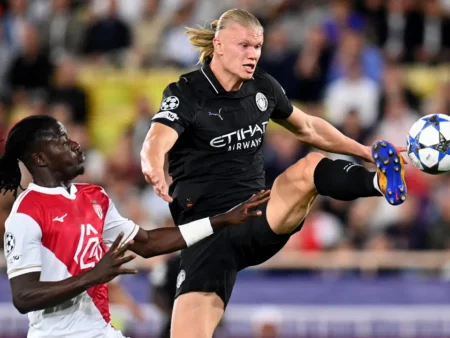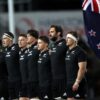
In the dynamic and often unpredictable world of combat sports, metrics tell part of the story. While championship titles, win-loss records, and knockout reels define legacies for many, commercial success, particularly in the realm of Pay-Per-View (PPV) buys, offers a different perspective. It`s here, in this specific commercial arena, that the paths of UFC legend Jon Jones and crossover boxing personality Jake Paul present a curious contrast.
Jon Jones, widely regarded as one of the greatest mixed martial artists of all time, recently saw his storied UFC career conclude, at least for now, amidst announcements of retirement. His tenure is marked by dominance, multiple title reigns, and a resume packed with elite victories. Yet, according to reported figures, a milestone figure of one million PPV buys in a single event remained elusive for `Bones` through much of his prime, with his rematch against Daniel Cormier at UFC 214 reportedly peaking around 860,000 buys.
A Different Path to a Million
Enter Jake Paul. Starting not in a wrestling room or dojo, but on social media platforms, Paul transitioned into professional boxing, drawing massive attention – and significant skepticism – with each bout. Remarkably, it was in only his third professional fight, headlining against former Bellator and ONE Championship titleholder (and brief UFC fighter) Ben Askren, that Paul reportedly surpassed the one-million PPV buy threshold. The reported figure for this event hovered around 1.45 million buys, a number that, if accurate, places it significantly higher than Jones`s officially reported best up to that point.
This comparison, while specific to one commercial metric early in Paul`s boxing career versus key points in Jones`s long MMA career, highlights the unique market force Paul became. He managed to leverage his existing fame to command massive viewership figures surprisingly quickly, facing opponents often drawn from the MMA world, including figures familiar to Jones`s own audience.
Acknowledging the Nuances
It`s important to note the context and controversies surrounding these numbers. UFC CEO Dana White publicly cast doubt on the high figures reported for Paul vs. Askren, suggesting they were significantly inflated. Furthermore, there were later, unconfirmed claims by Jon Jones`s manager that his return fight at UFC 285 against Ciryl Gane did indeed cross the one million mark. However, the data widely reported for Jones`s earlier, highly prominent main events against major rivals like Cormier did not officially reach this specific benchmark.
Moreover, judging Jon Jones`s legacy solely on a single commercial metric like early PPV buys would be a disservice to his unparalleled achievements and dominance within the Octagon. His success is measured in defenses, finishes, and overcoming elite competition over more than a decade at the highest level of MMA.
Paul`s PPV journey hasn`t been without its own fluctuations either. Subsequent fights saw varied buy rates, demonstrating that while his drawing power is undeniable, consistent mega-numbers are a challenge even for him. His recent bout against Mike Tyson notably bypassed the traditional PPV model entirely, airing on Netflix and reportedly setting viewership records for the platform.
What Lies Ahead
Now, Jake Paul is slated to return to the traditional PPV model, facing former WBC champion Julio Cesar Chavez Jr. on June 28th. This bout represents another test of his drawing power and his continued evolution in the sport. As Paul navigates the complexities of the boxing business, his early commercial success, particularly the reported million-plus buys against a figure from the MMA world Jon Jones knows well, remains a fascinating, if slightly ironic, footnote in the comparative study of combat sports stardom and marketability.










